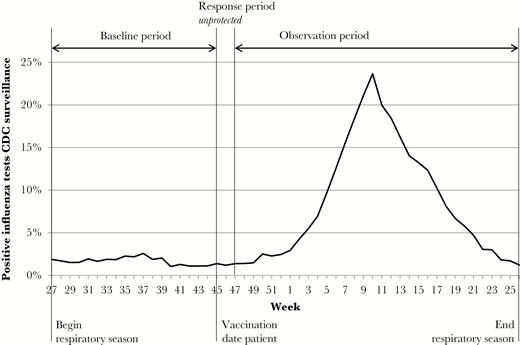Ivorbiggun
Member
- Location
- Norfolk
Ollie said there wasn’t a man on this forum who would use glyphosate if it was proven to be harmful.What chemicals are you alluding to and why?
loads of others state it on the can labels but farmers still use them.










